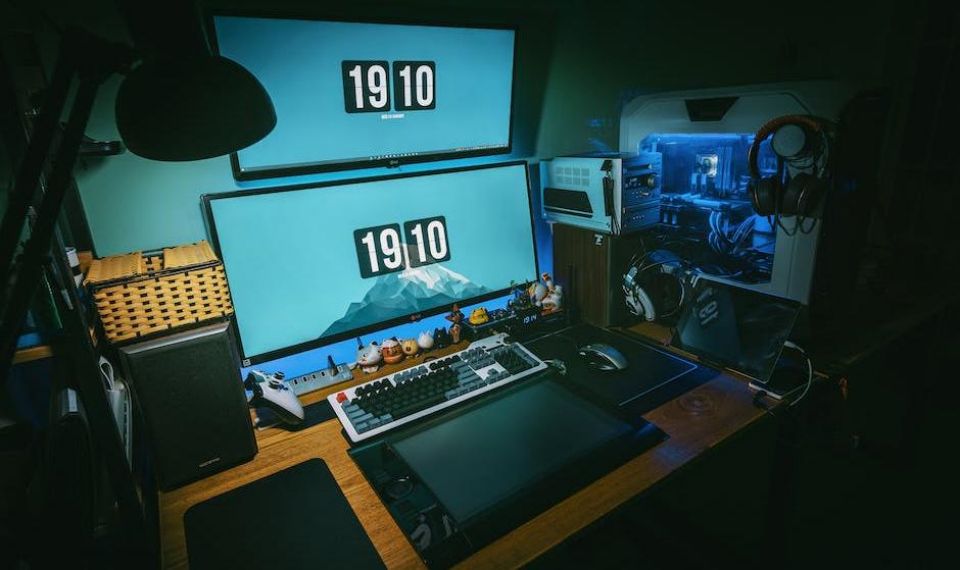
In the late 1970s, video game consoles bore no semblance to the immersive gaming experiences we revel in today. Then, table tennis simulation ‘Pong’ was the height of sophistication, on Atari’s bulky home video game consoles with wired controllers and low-resolution displays that just chirped sounds.
Fast forward a few decades, and gamers find themselves in expansive 3D worlds, swinging alongside and battling the likes of Spider-Man in Marvel’s universe, all rendered in breathtaking detail. This evolution is attributed to over 40 years of continuous advancements in gaming technology, a journey as riveting as any game plotline.
First and foremost, the evolution of processors revolutionized gaming technology. Early consoles utilized 8-bit microprocessors, like the MOS Technology 6502 that powered the Atari consoles, limiting the console to simple, pixelated 2D graphics. Now, the PlayStation 5 and Xbox Series X boast custom-designed 8-core CPUs, allowing for stunning, ultra-high-definition graphics and fluid gameplay. It’s the equivalent of transitioning from pencil sketches to vibrant oil paintings.
In tandem with processors, memory has also seen a substantial evolution, pivotal in creating today’s complex gaming environments. In the Atari era, RAM was measured in kilobytes, barely sufficient to keep track of a few pixels. Current-gen consoles, like Nintendo’s Switch, come standard with gigabytes of RAM, facilitating the creation of expansive, detailed, multi-character environments that were an unimaginable feat just a few decades ago.
The role of graphics cards in gaming technology cannot be understated. Clock speeds and memory capacities of graphics cards have improved exponentially from the era of 2D sprites. High-performance GPUs like Nvidia’s RTX 3080, with features like real-time ray tracing, create lifelike lighting effects and realistic textures, further immersing players in a gaming world where everything looks and reacts in a true-to-life manner.
Lest we overlook gaming interfaces, evolution has also marked this area. Traditional wired controllers with minimal buttons have gradually evolved into wireless joysticks and motion-sensor controllers. The introduction of virtual reality headsets, like Oculus Rift, has now added another dimension, breaking the screen barrier and allowing gamers to literally step into the game world with intuitive and interactive gameplay.
Online gaming elements also surged, with the advent of strong and stable Internet connections. This allowed instant connectivity for multiplayer gaming that transforms gameplay from an individual pursuit to a communal experience. Gamers can now form alliances, compete or even just chat with others from anywhere in the world, offering a variety of experiences that was once available only through local multiplayer games.
In sum, the evolution of gaming technology has been like a high-speed rollercoaster ride filled with groundbreaking innovations. These strides have gracefully ignored the lines between reality and the gaming world to intertwine them, making gaming an experience to savor. In hindsight, what started with ‘Pong’ has now transformed into lifelike gaming adventures—isn’t it amazing how far technology has brought us? But hold on; this is just the beginning– the future of gaming technology seems resplendent with more enchants and excitements.









